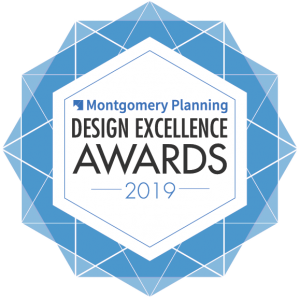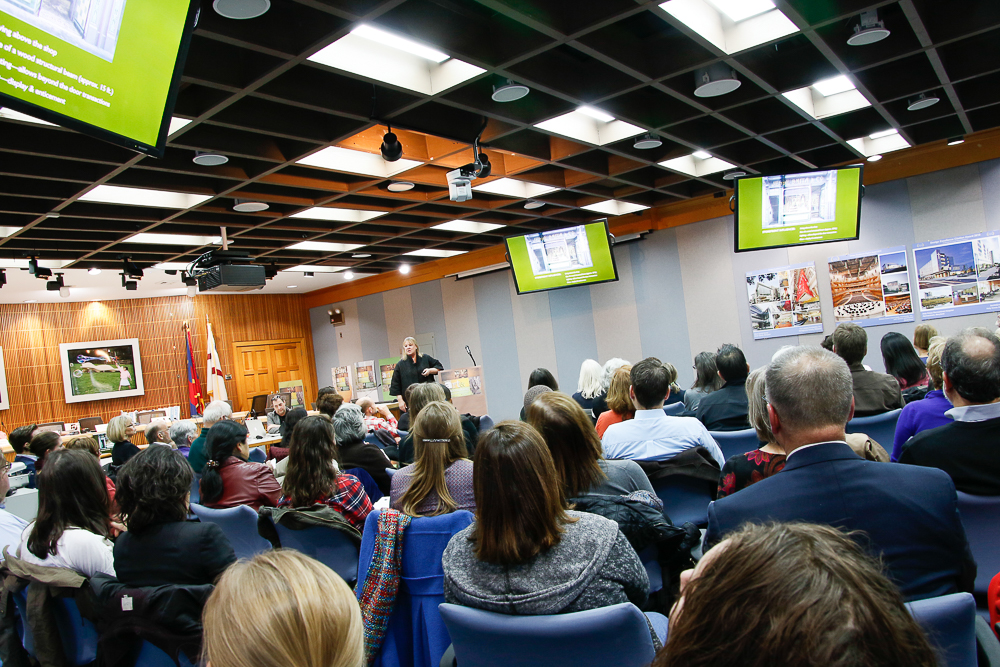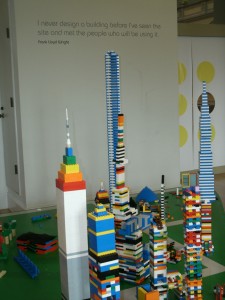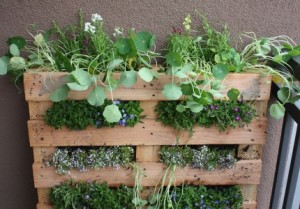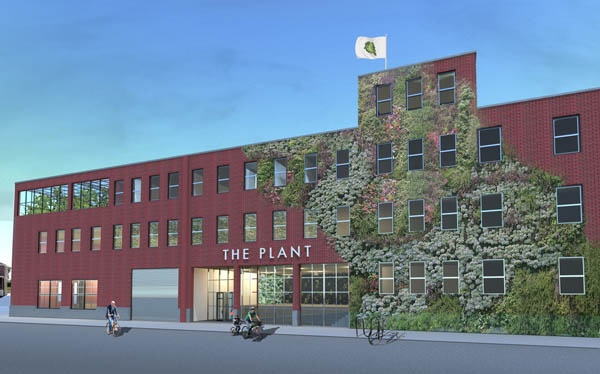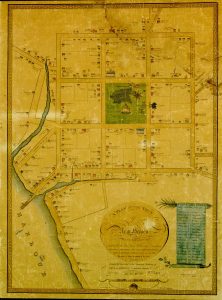
By Todd Fawley-King and Atul Sharma
Introduction
You’ve probably heard someone criticize a neighborhood or shopping area as “cookie cutter.” This description, often used to identify construction that has standardized or repetitive features, usually implies the buildings lack character and will diminish their surroundings. There is a lot to like about “cookie-cutter” construction; sameness can be enriching, and this type of design can help build great places quickly and affordably.
Good cookie-cutter design is ingrained in the urban fabric of America, enabling the rapid settlement and expansion of the United States. In New England the repeated “cookie” is the 6-by-6 mile square township administered by a central village. These townships were organized around the quintessential church, meeting house, and … Continue reading
